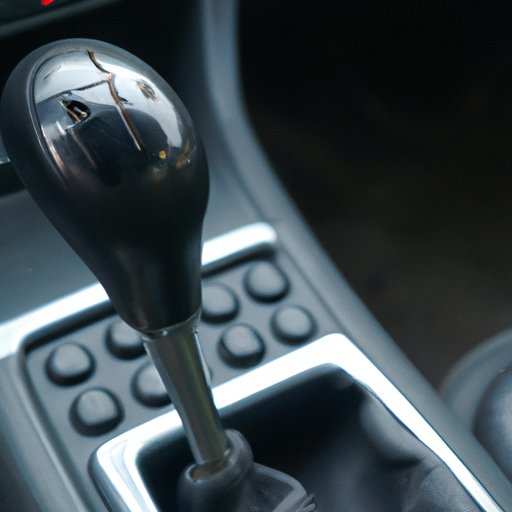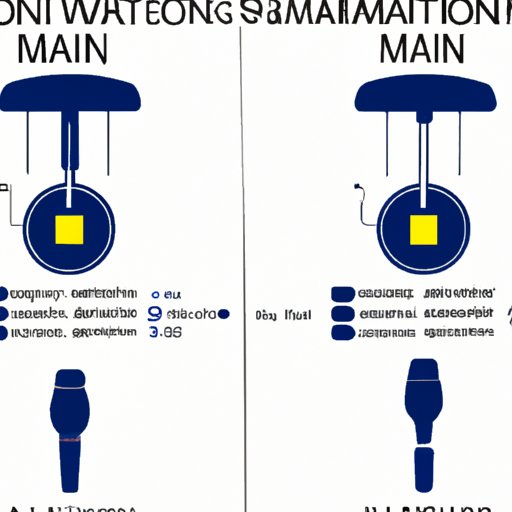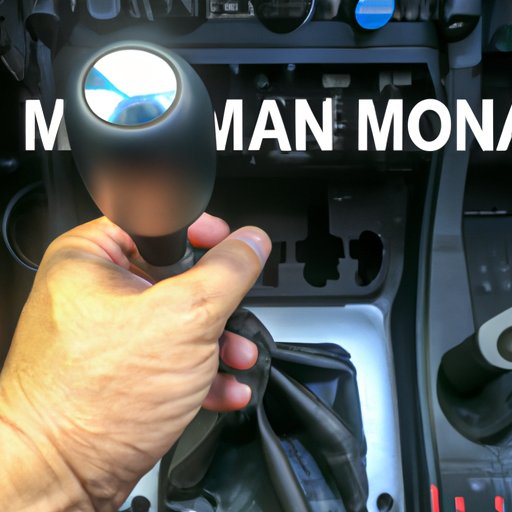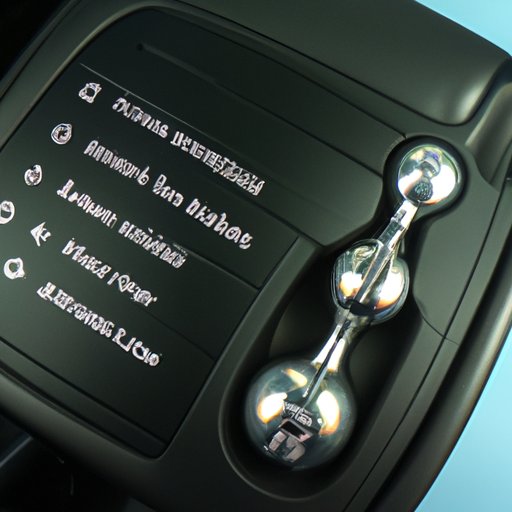Introduction
An automated manual transmission (AMT) is a type of transmission that combines the traditional manual transmission and the automated technology of a conventional automatic transmission. It uses computer-controlled actuators to shift gears without any input from the driver, unlike a regular manual transmission. This type of transmission has been around since the early 2000s, and it is becoming increasingly popular with drivers who want the convenience of an automatic transmission with the control and fuel efficiency of a manual transmission.
The purpose of this article is to explore what an automated manual transmission is, how it works, the pros and cons of using one, common problems and solutions, a comparison of AMTs versus conventional automatic transmissions, and finally, maintenance tips to help you keep your automated manual transmission in top condition.
How an Automated Manual Transmission Works
An automated manual transmission (AMT) is essentially a hybrid between a traditional manual transmission and a conventional automatic transmission. Instead of relying on a driver to shift gears manually, an automated manual transmission uses computer-controlled actuators to do the shifting for the driver. The system works by monitoring the engine’s speed and torque, and then automatically shifting gears based on those readings.
The basics of an automated manual transmission are similar to those of a manual transmission. An AMT still has a clutch, flywheel, and gearbox, but instead of a driver operating the clutch and shifting gears, the system does it automatically. This type of transmission also includes other components such as a clutch actuator, solenoid valves, and sensors that monitor the engine’s speed and torque.
Advantages and Disadvantages of an Automated Manual Transmission
Automated manual transmissions have both advantages and disadvantages compared to a conventional manual or automatic transmission. Some of the advantages of an AMT include better fuel economy, improved response time, and less wear and tear on the transmission components. Additionally, AMTs offer smoother shifts and a more comfortable driving experience than manual transmissions.
However, there are also some downsides to using an automated manual transmission. For example, they can be more expensive than manual or automatic transmissions, and they may require more frequent maintenance. Additionally, some drivers find them to be less responsive and less comfortable than a manual transmission.

Common Problems with Automated Manual Transmissions
Like any other type of transmission, automated manual transmissions can develop problems over time. Common problems with AMTs include issues with shifting, slipping, and grinding. These issues can be caused by worn or damaged components, low fluid levels, or a lack of regular maintenance.
Some of the symptoms of common problems with automated manual transmissions include difficulty shifting, jerking or shuddering during shifts, and excessive noise when shifting. If you notice any of these symptoms, it’s important to have your transmission inspected and serviced as soon as possible. Regular maintenance is key to preventing and resolving these types of issues.

A Comparison of Automated Manual Transmissions vs. Conventional Automatic Transmissions
When comparing an automated manual transmission to a conventional automatic transmission, there are both similarities and differences. Both types of transmissions offer the convenience of an automatic transmission, but an AMT offers improved fuel economy and more control over shifting than an automatic transmission.
The main difference between the two is that an AMT requires the driver to press the clutch pedal while shifting, while an automatic transmission does not. Additionally, an AMT typically has fewer gears than an automatic transmission, which affects its fuel economy and performance.

Maintenance Tips for Automated Manual Transmissions
Regular maintenance is essential for keeping your automated manual transmission in top condition. It’s important to check the fluid levels regularly and to have the transmission serviced according to the manufacturer’s recommended schedule. Additionally, it’s a good idea to inspect the transmission for signs of wear and tear, such as leaking fluid, broken or worn components, or unusual noises.
If you’re experiencing any symptoms of common problems with your AMT, such as difficulty shifting or slipping gears, it’s important to have your transmission checked out immediately. A qualified mechanic should be able to identify the problem and recommend the necessary repairs.
Conclusion
In conclusion, an automated manual transmission (AMT) is a type of transmission that combines the traditional manual transmission and the automated technology of a conventional automatic transmission. It has both advantages and disadvantages, including improved fuel economy, better response time, and smoother shifts, but also potentially higher cost and more frequent maintenance. Common problems with AMTs can include issues with shifting, slipping, and grinding, and regular maintenance is key to preventing and resolving these issues. Lastly, when comparing an AMT to a conventional automatic transmission, there are both similarities and differences, such as the need for the driver to press the clutch pedal while shifting with an AMT.
By understanding the basics of an automated manual transmission, the advantages and disadvantages of using one, common problems and solutions, and a comparison of AMTs versus conventional automatic transmissions, you can make an informed decision about whether or not this type of transmission is right for you. Finally, following the maintenance tips provided in this article will help ensure that your AMT stays in top condition.
(Note: Is this article not meeting your expectations? Do you have knowledge or insights to share? Unlock new opportunities and expand your reach by joining our authors team. Click Registration to join us and share your expertise with our readers.)
